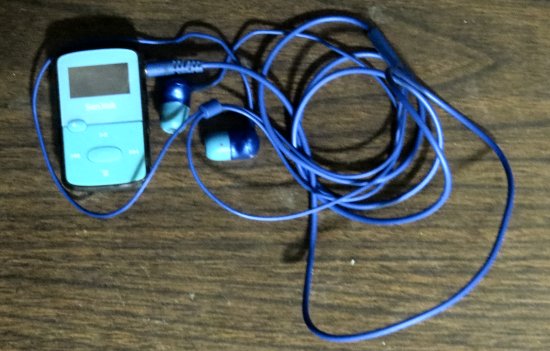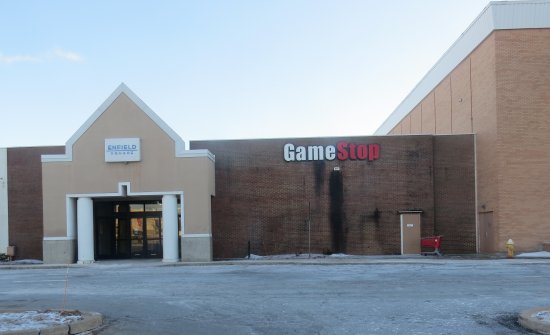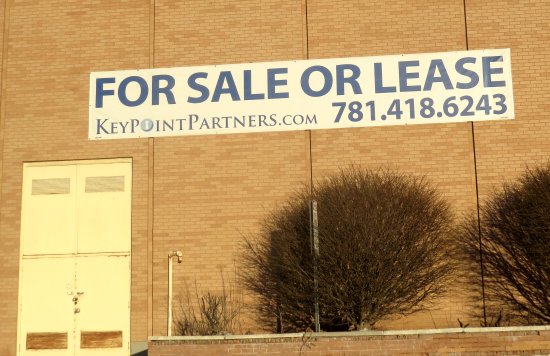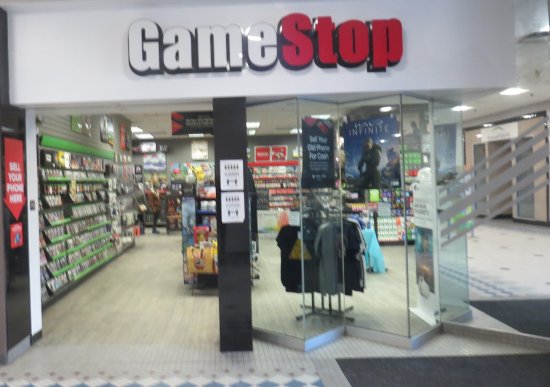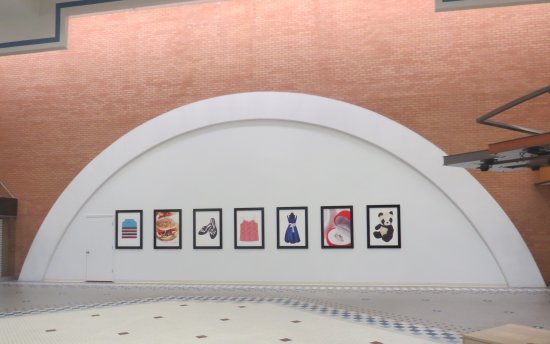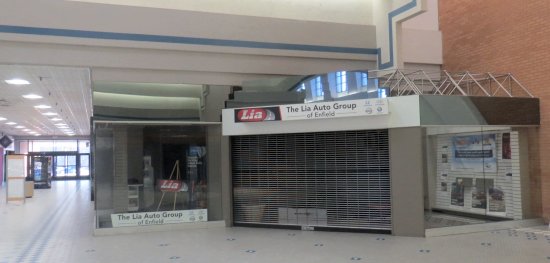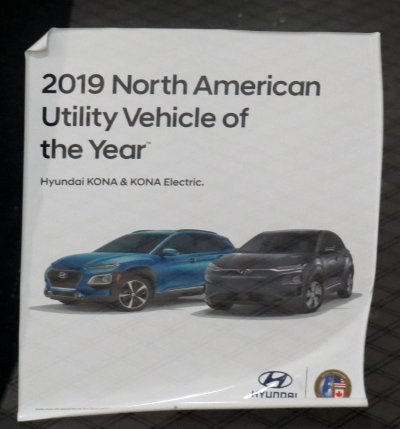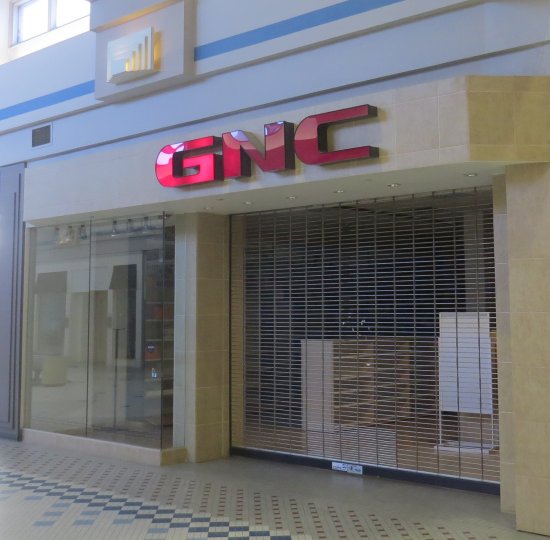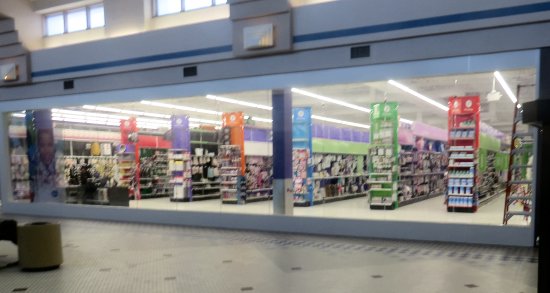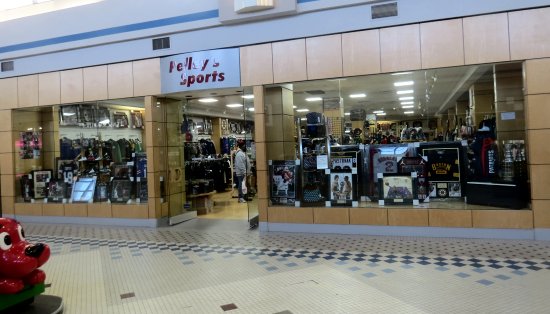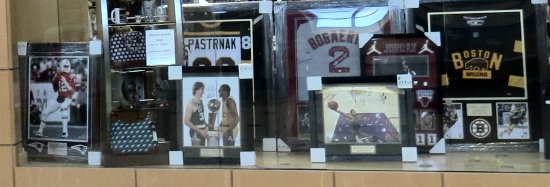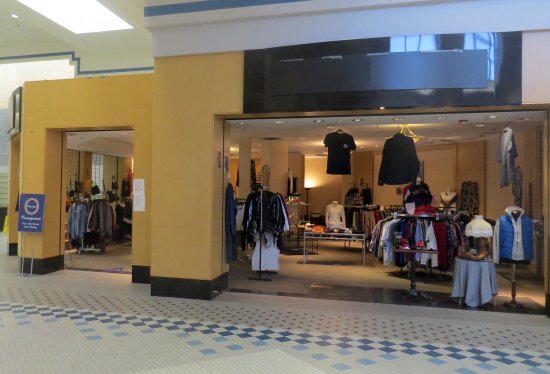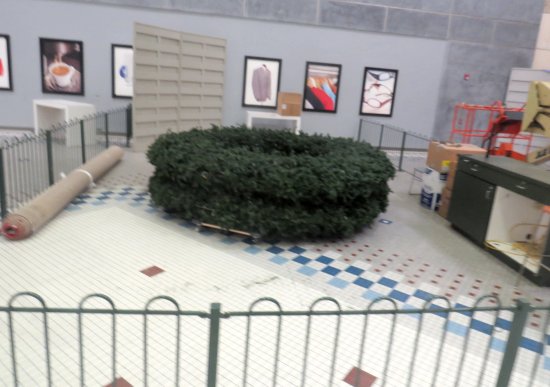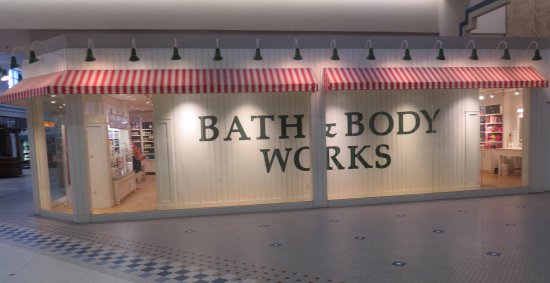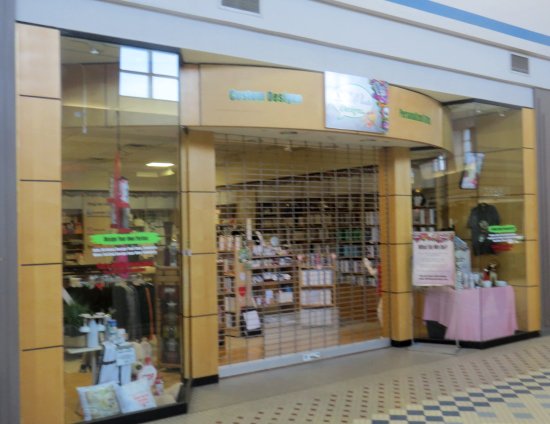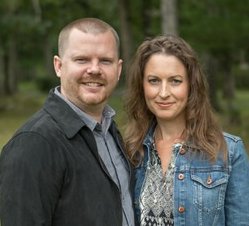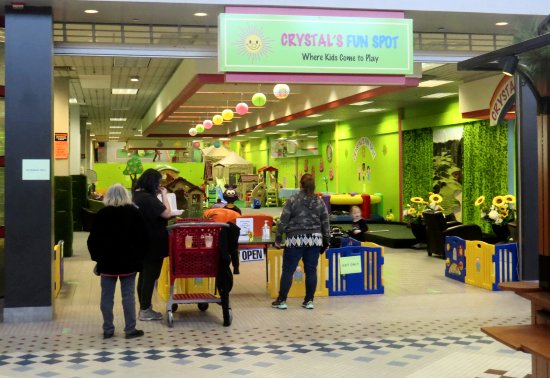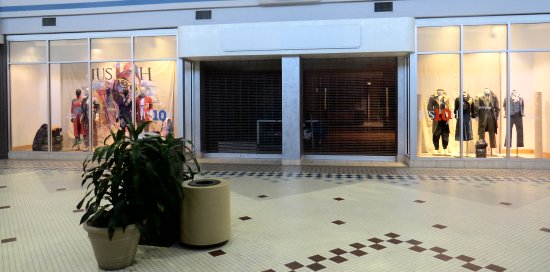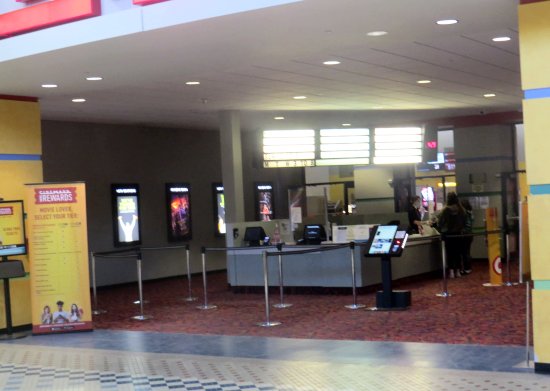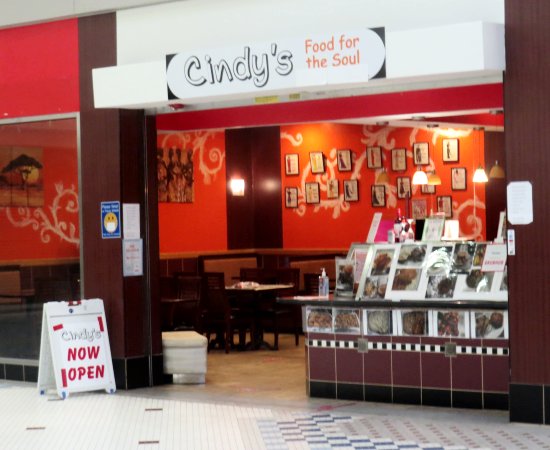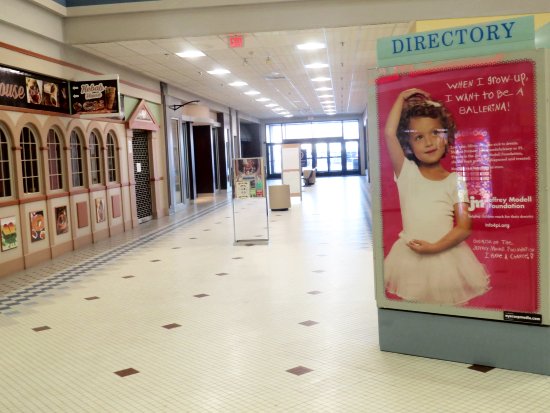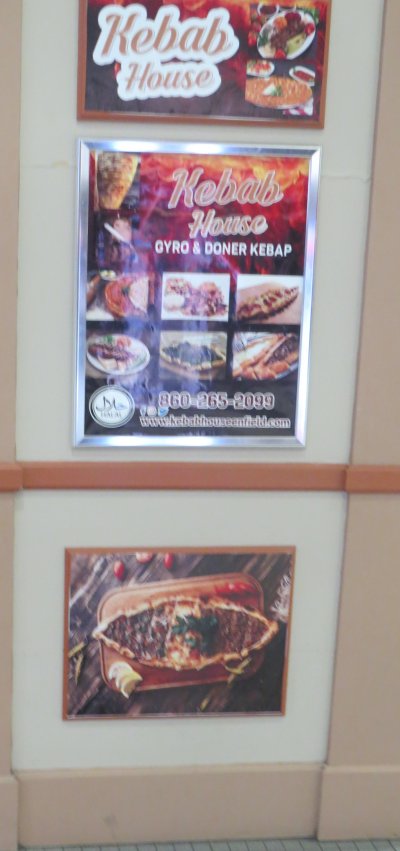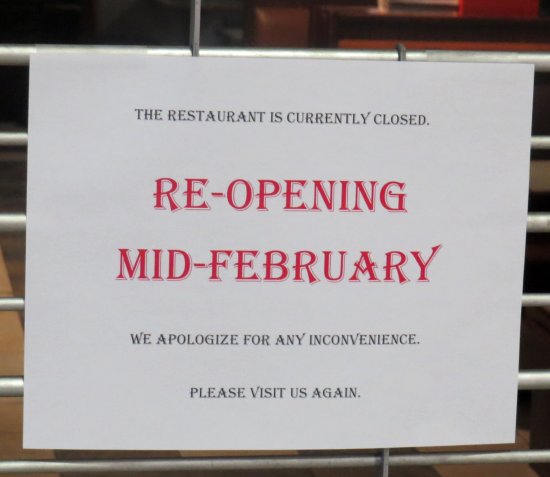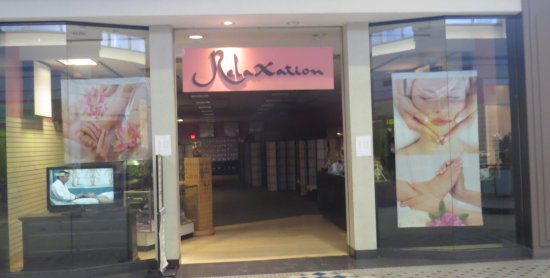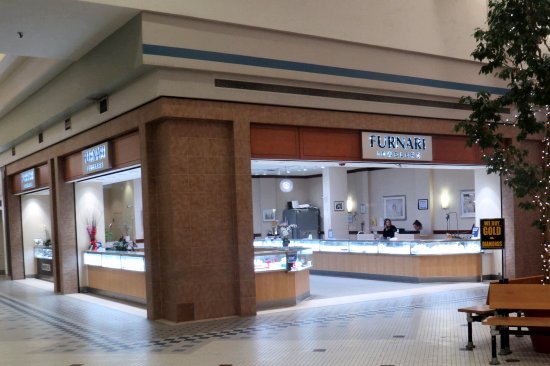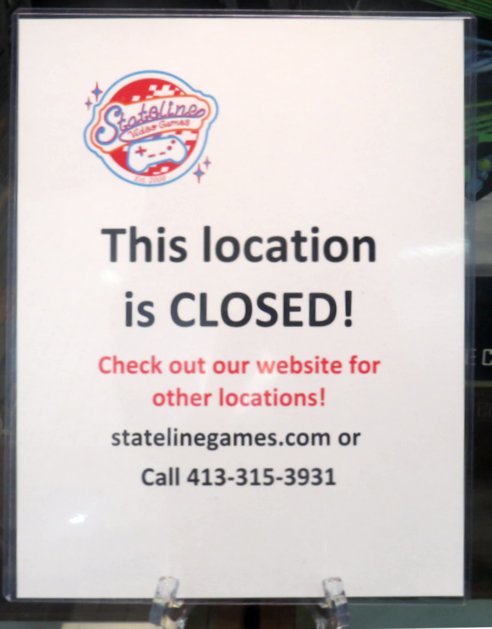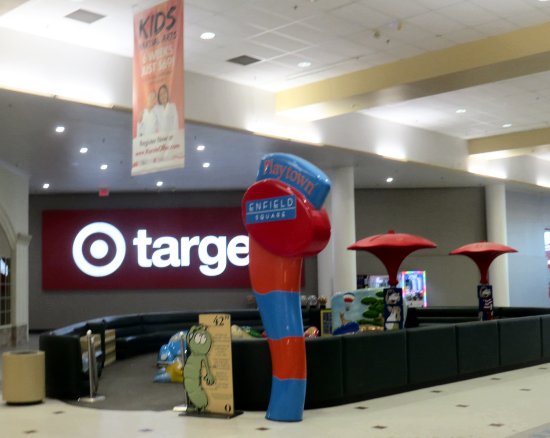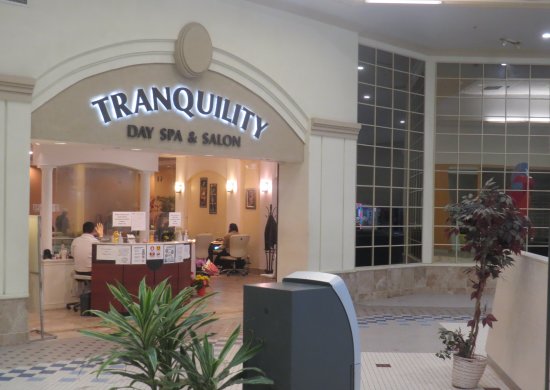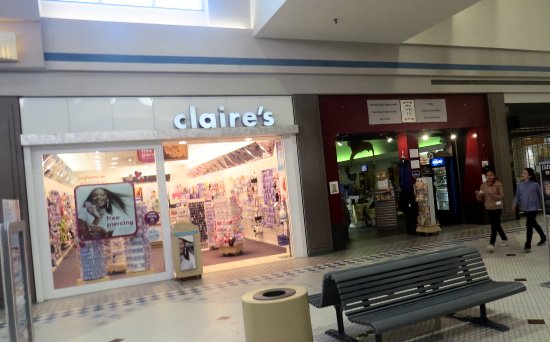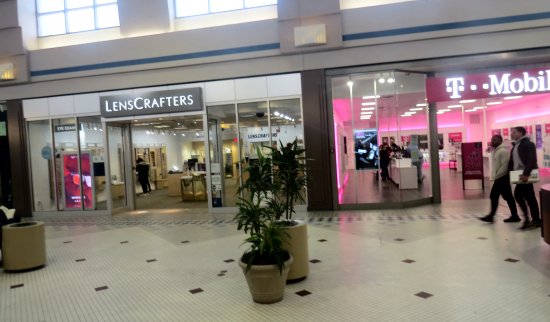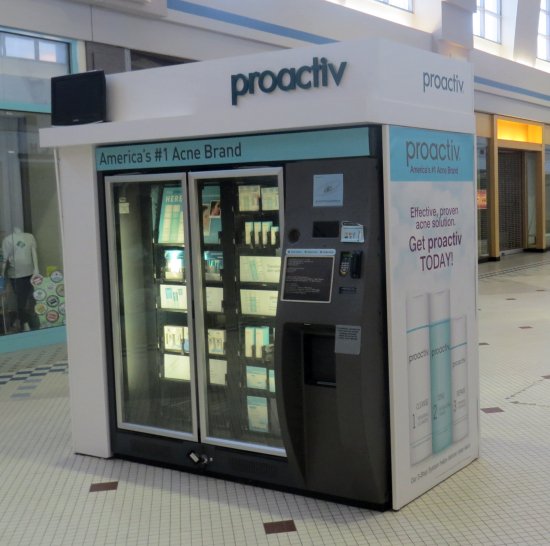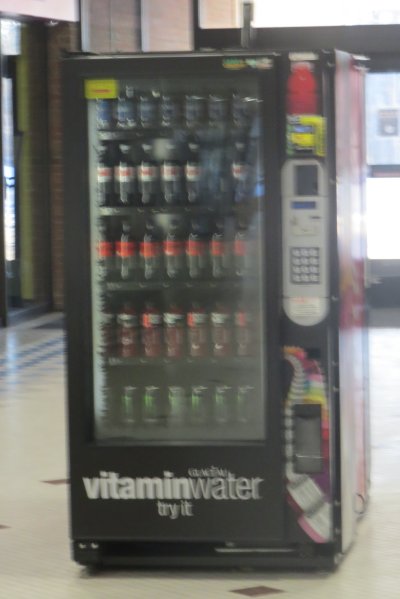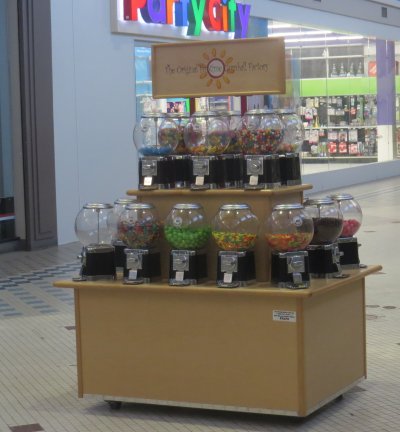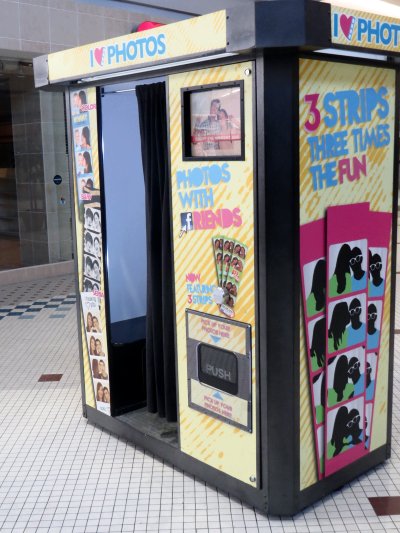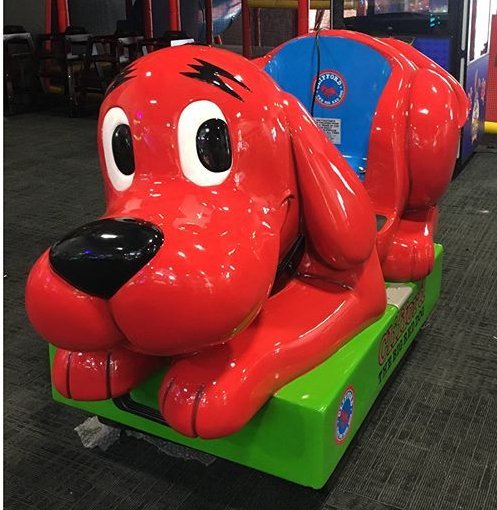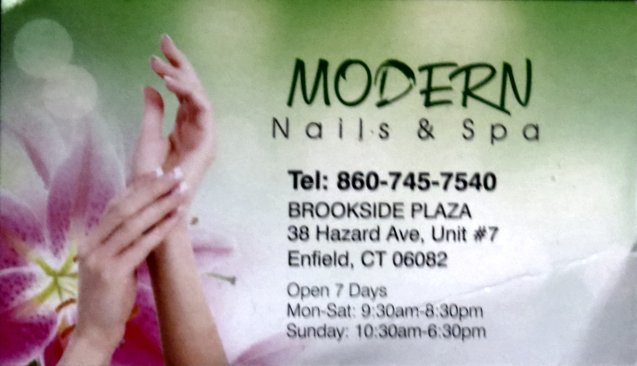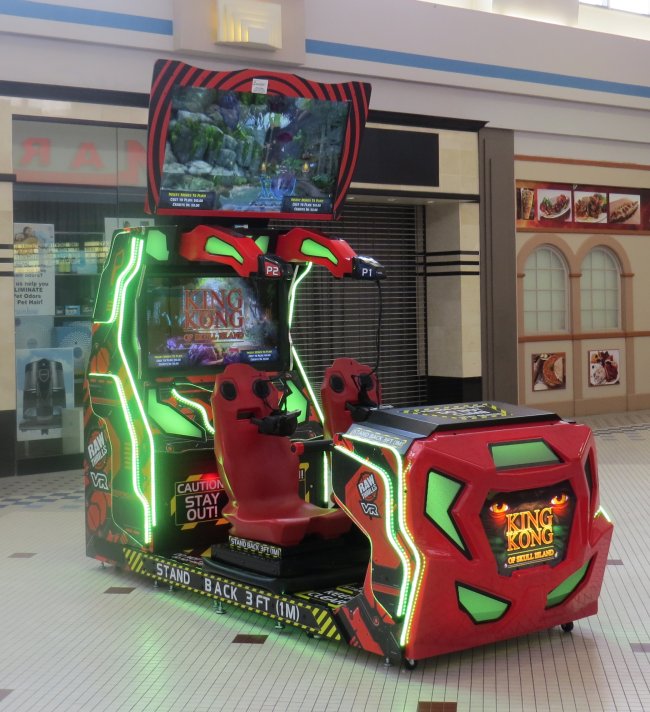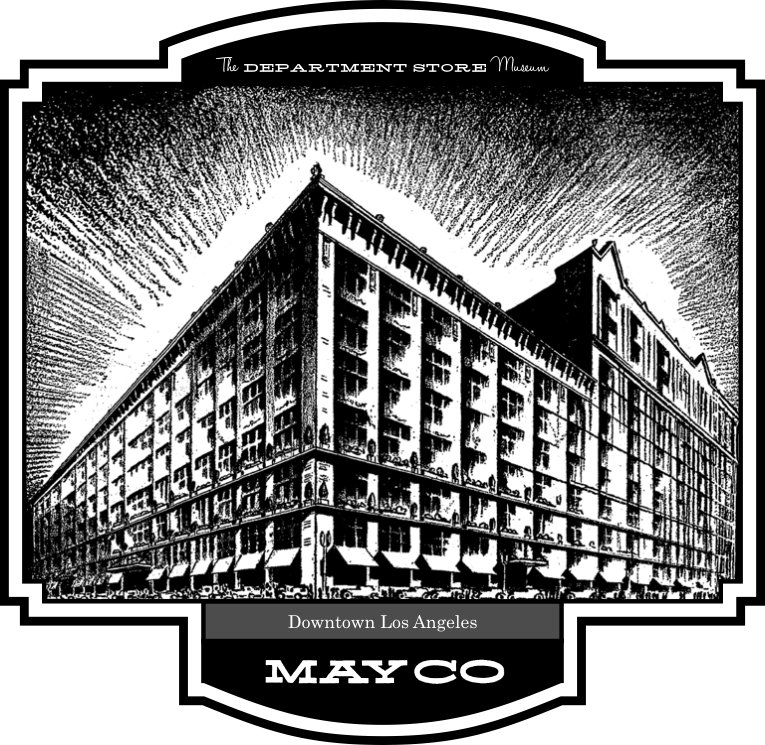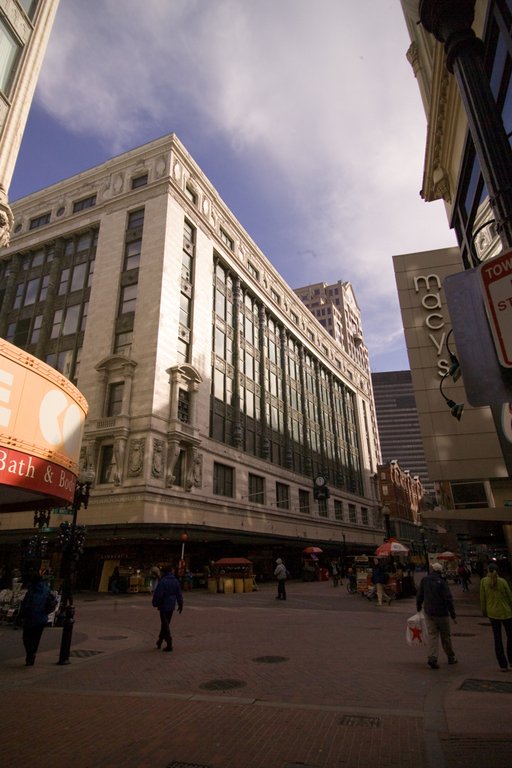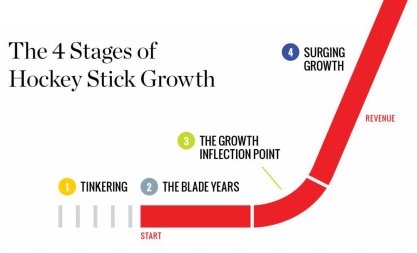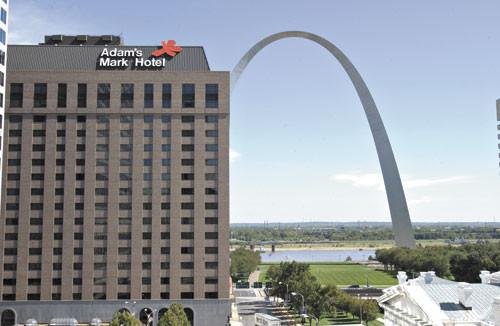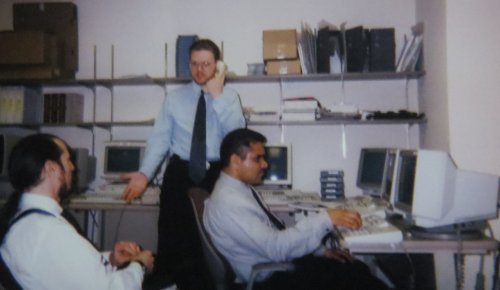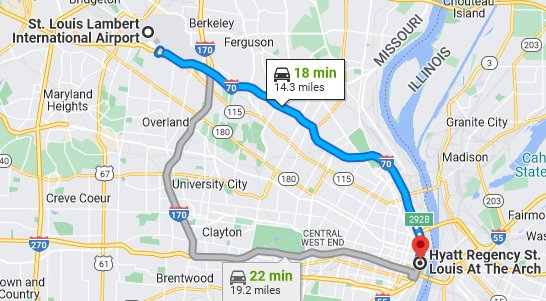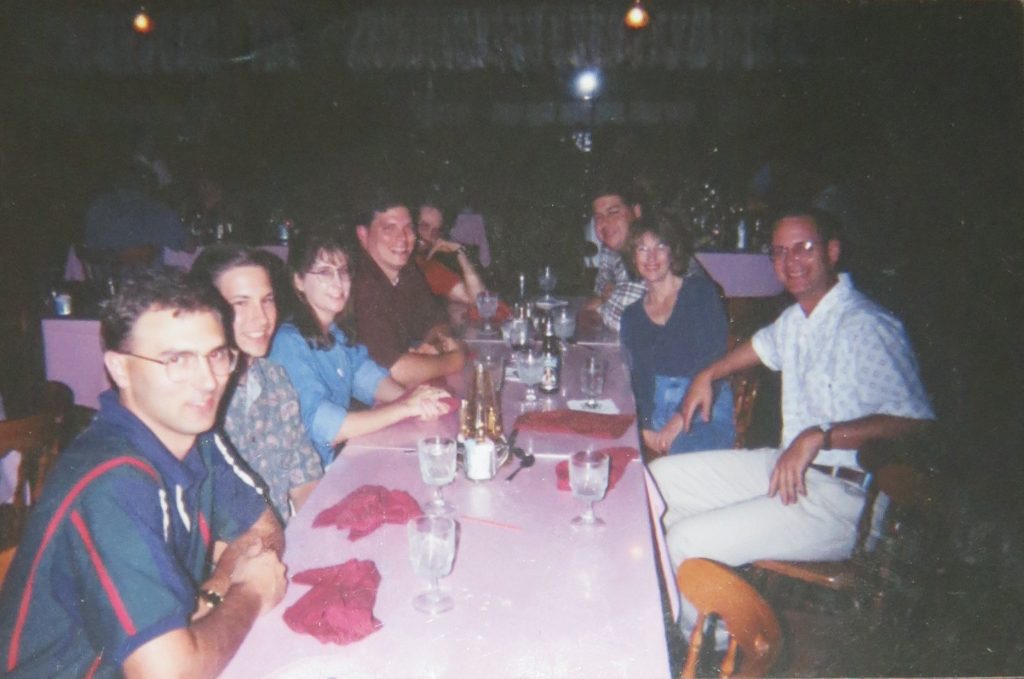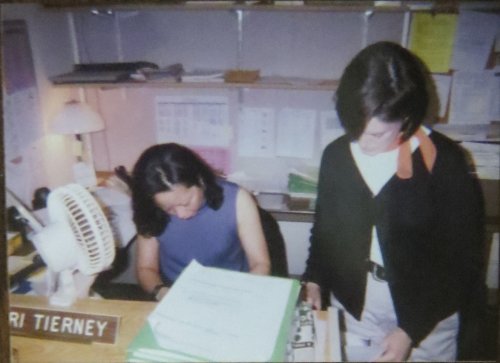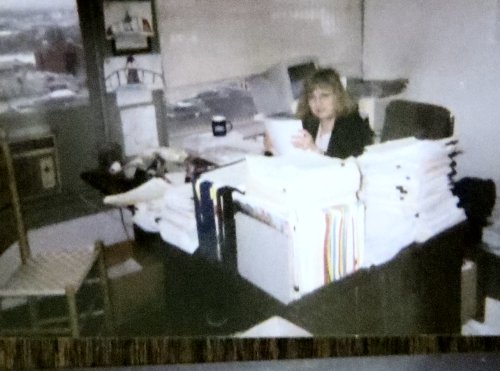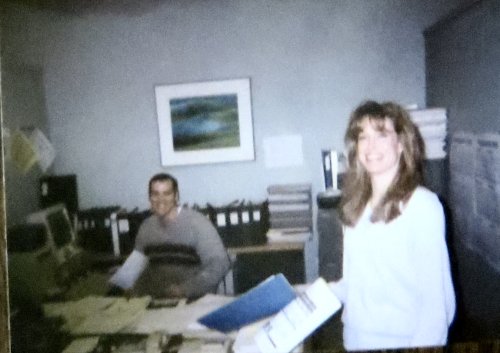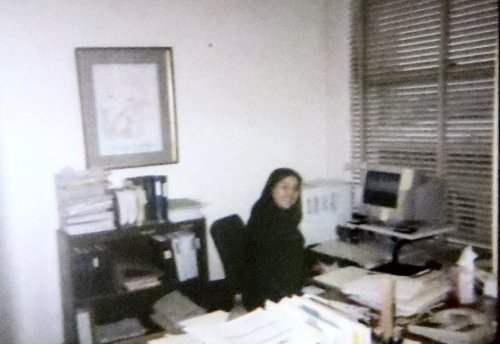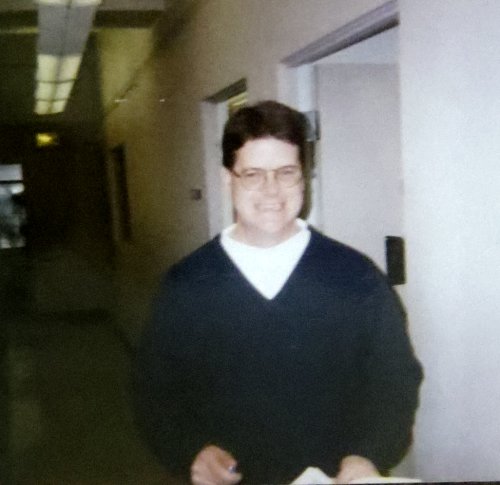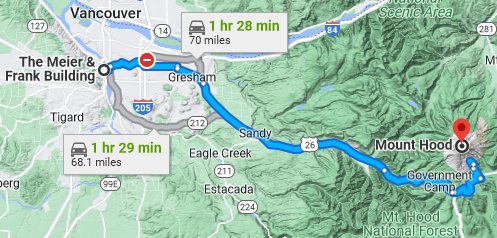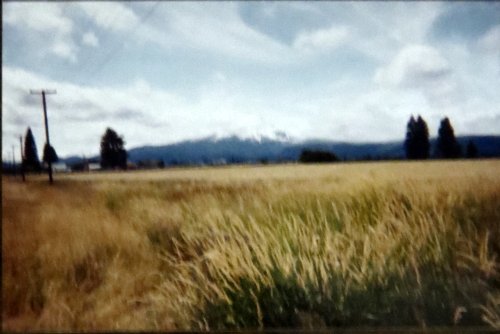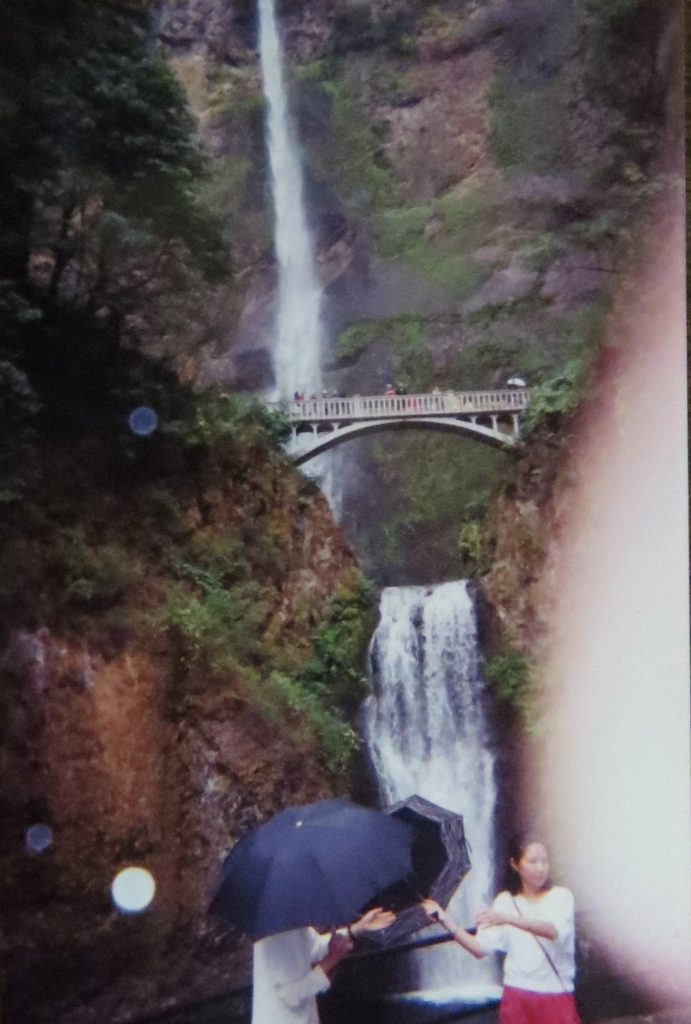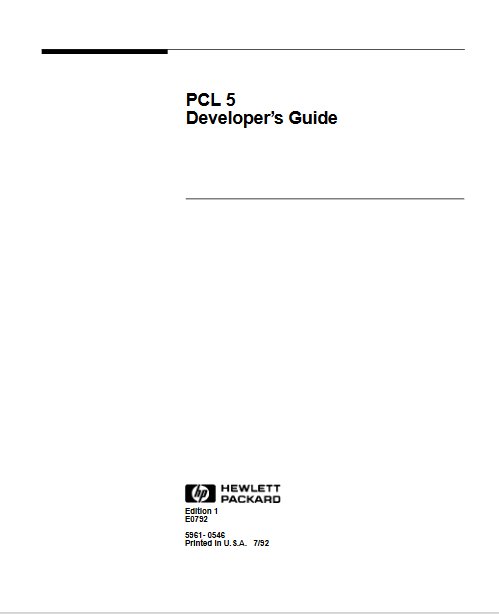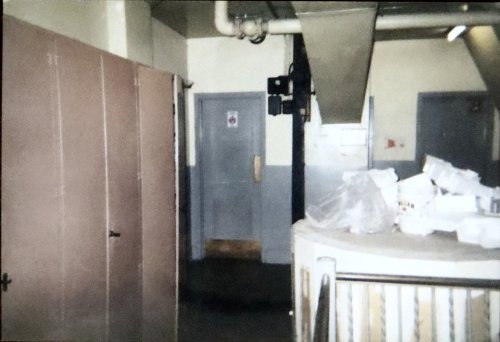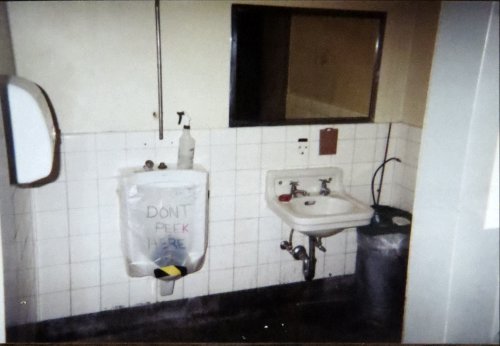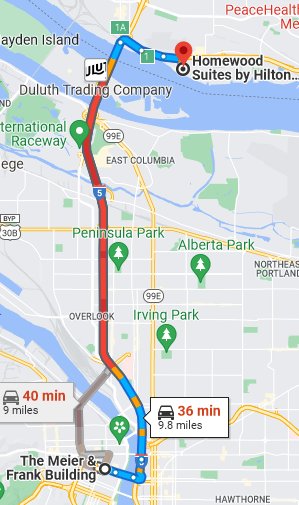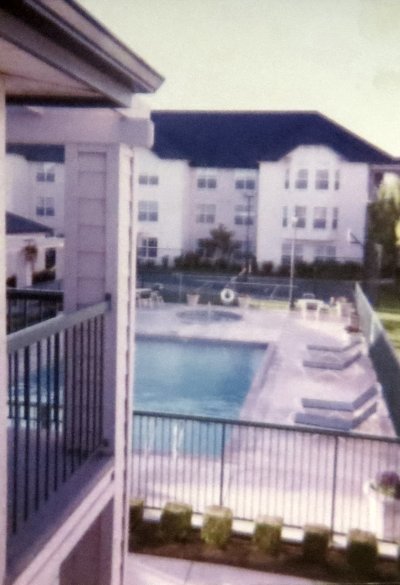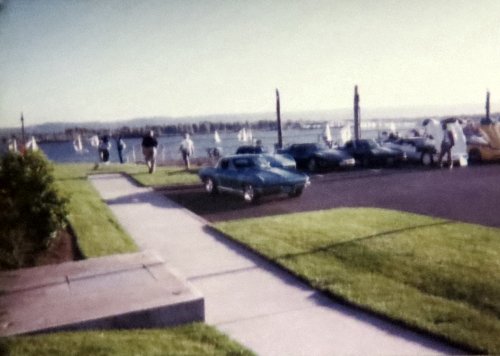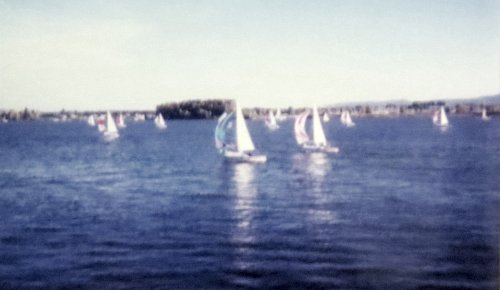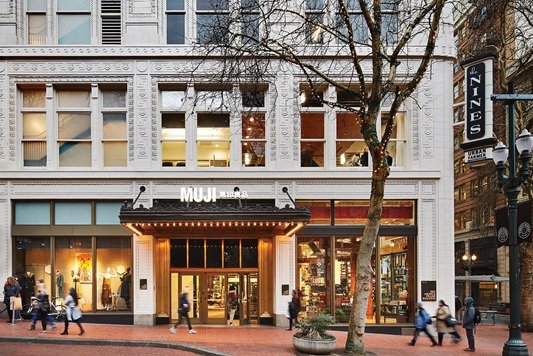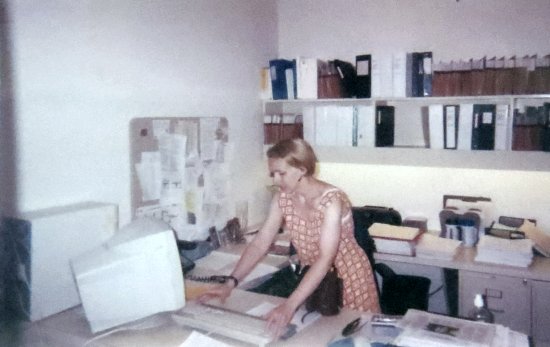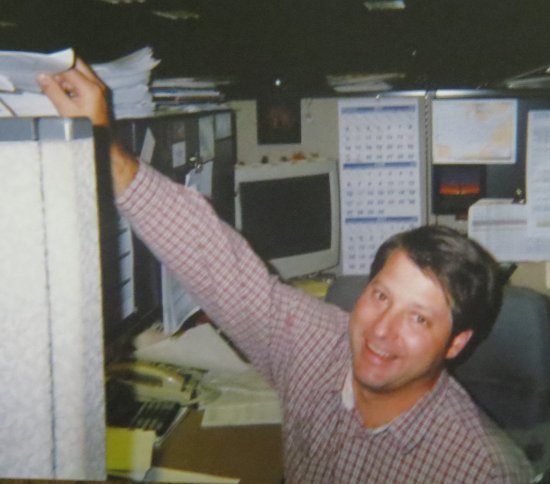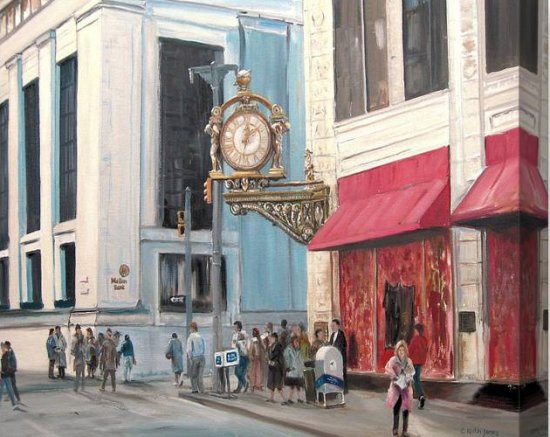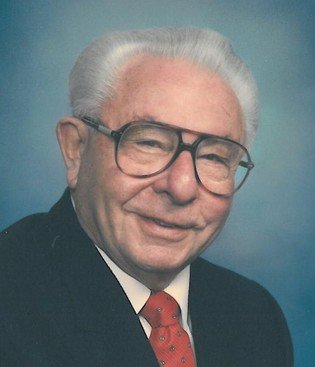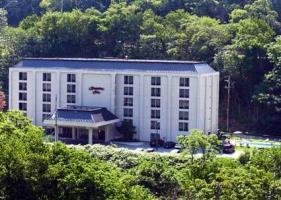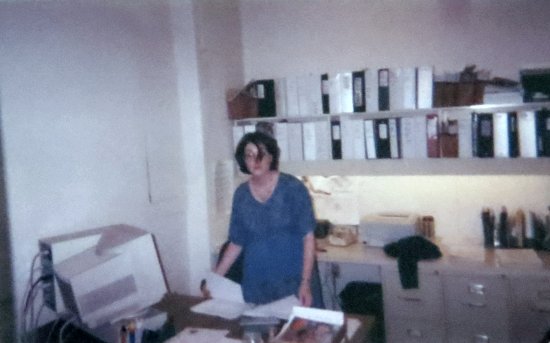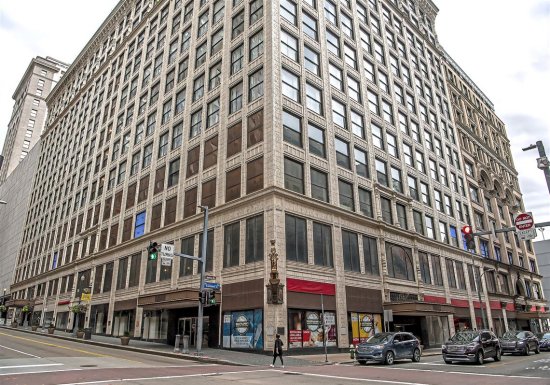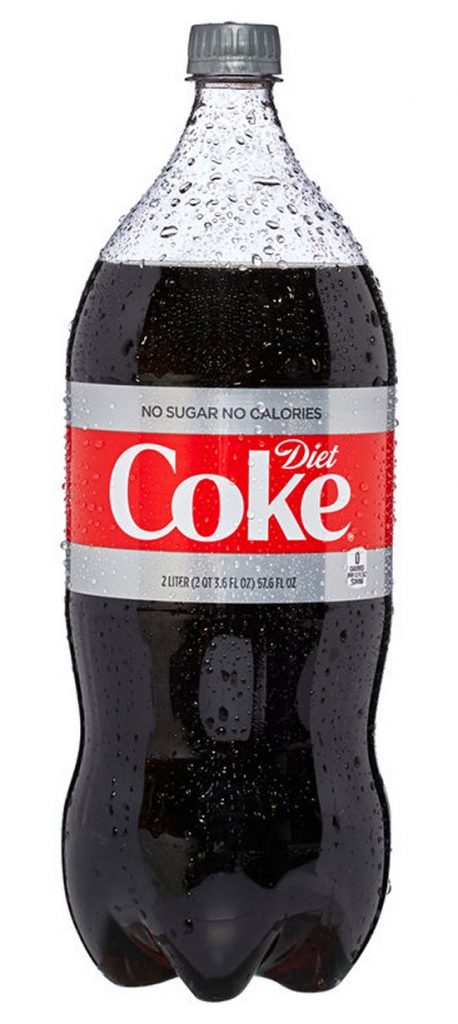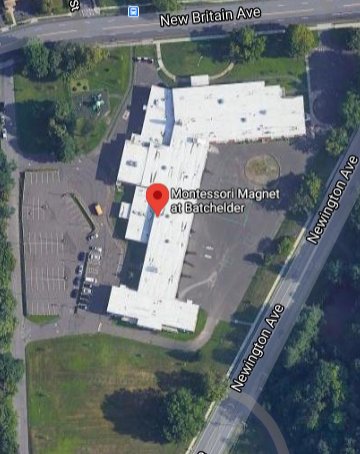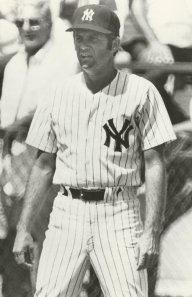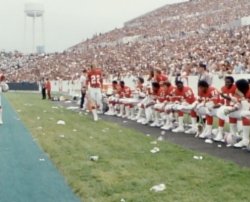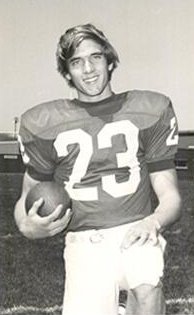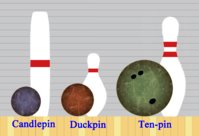An interesting, if spooky, place to exercise during the pandemic. Continue reading
For decades the big attraction of living in Enfield has been the easy access to almost every variety of retail store and restaurant. The concentration of these establishments in Enfield began with the construction of the Enfield Square mall and eventually spread out a few blocks in every direction except east, where I-91 blocked further expansion. As far as I know, no one celebrated the the fiftieth anniversary of the mall in 2021. Frankly, there was not much left to celebrate.
History: The potential of the property occupied by the mall was first appreciated by the May Co., one of TSI’s biggest clients and the parent company of the Hartford-based chain of department stores, G. Fox. The area attracted the company’s attention because it was between two exits of I-91 and there was little retail competition in the area north of Hartford and south of Springfield, MA. Furthermore, although Enfield itself was not a particularly wealthy town, the towns bordering it to the east (Suffield), west (Somers), and north (Longmeadow, MA) were quite prosperous and lacking in retail.
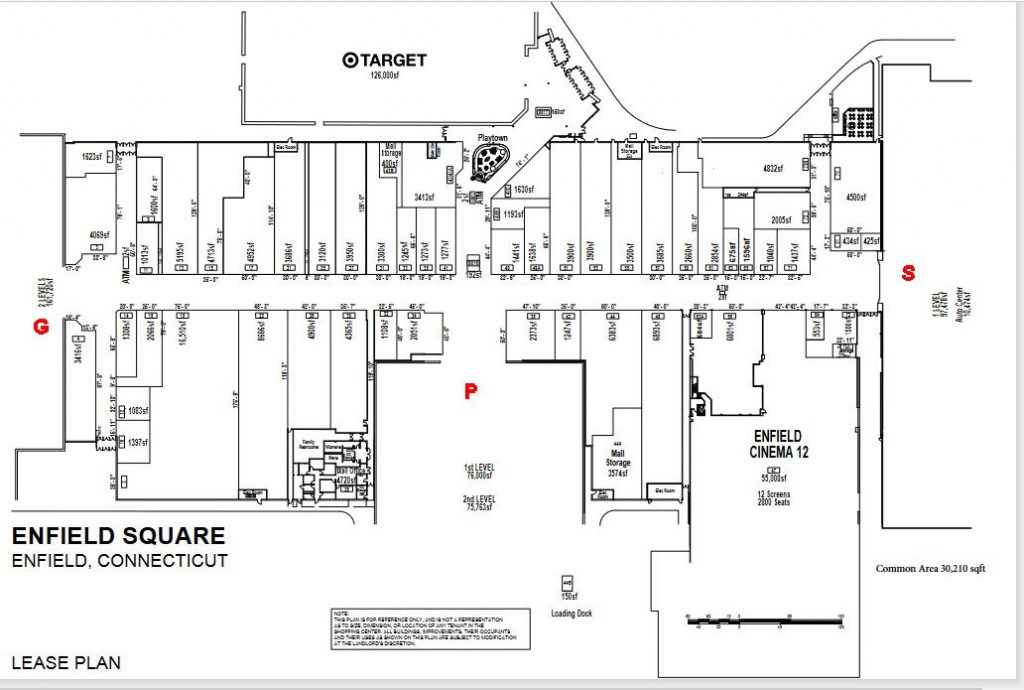
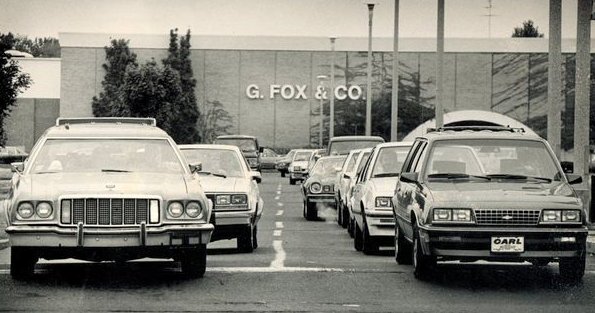
The May Co. purchased the land and developed a mall with three anchor stores and a very large parking lot. G. Fox occupied the prize spot—the two-story space on the western side with its own entrances. Steiger’s, a much smaller department store based in Springfield, leased the large one-story area on the eastern end. The two-story space located in the south-central area was leased to JC Penney.
This arrangement persisted for more than two decades. In 1994 Steiger’s went out of business, and in 1997 its space was leased by Sears. In 1993, the May company folded the G. Fox division into its Boston-based division, Filene’s. In 2000 the JC Penney store closed. Filene’s eventually took over the lease and closed the second floor of both of its locations. In 2006 Macy’s purchased the May Co. and rebranded Filene’s. Both Macy’s stores closed in 2016 and were never again occupied. The Sears store also closed in 2016 and was never reoccupied.
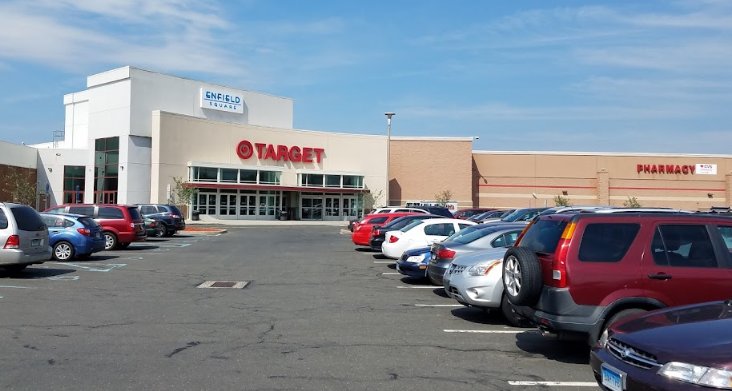
A new Target store was constructed and opened in 20011, but for some reason it was not really integrated into the mall. It had only one entrance—on the north side. It was next to one of the mall’s three side corridors, but there was no way to enter Target from the center of the mall without walking almost all the way down that corridor. So, it did not serve to draw traffic to the rest of the mall. It also occupied a considerable amount of parking space. For years parking was abundant on three sides of the mall and difficult on the north side.
Preparation: In January of 2022 I had been searching for an indoor location in which to walk a few miles four or five days per week. I had no interest in joining a gym, but I did investigate using a treadmill at the Enfield Senior Center. Then I thought of the mall. My dad had walked there for a while when Enfield Square was still a hive of activity. I sometimes picked him up there when we ate lunch together at Friendly’s on Wednesdays. I never asked him what it was like; I did not consider what he was doing as serious exercise, and in those days I still was in possession of a working treadmill and ample cartilage in my knees.
It occurred to me one day that I could walk in Enfield Square. I made a reconnaissance trip to gauge how many laps I would need to walk to reach my goal of five miles. I was a little surprised at how empty the building was, and some of the changes disoriented me. I was pleased with my discovery that one complete lap—including the side corridors—would constitute a hike of about half a mile. I decided to start with five laps and add one additional lap each Monday until I reached ten.
There were a few false starts. On the first hike through the mall I remembered my Bose head phones, but I forgot to bring my MP3 player. The second time I remember both the player and the headphones, but I found that the headphones trapped in too much heat. By the end of the walk I was uncomfortably hot. After that I used earbuds instead of the headphones.
On both of those first two hikes I left my winter jacket and hat in the car. I parked as close as possible to the door to the western corridor, but I still faced a fairly substantial walk in the frigid winter air from my car to the door. The next time I decided to try parking on the other side of Target near the door to the north end of the western corridor. The only store in that corridor was GameStop. I correctly figured that I would easily be able to locate a good parking spot there. In fact, the only difficulty that I encountered was with the nearest light in the parking lot. It did not seem to work, or maybe the landlord2 had disconnected it.
On my way to the mall I drove past the huge two-story western anchor store that had last been occupied by Macy’s until 2016. I remembered that for a while Lia Honda, which is a block east of Enfield Square had parked dozens or even hundreds of brand new vehicles in the western parking lot. When I drove by the former Macy’s the entire parking lot was shockingly empty. I noticed a sign on the side of the building that indicated that the building was available for lease or purchase. I feel certain that the property managers would bend over backwards to get a tenant there, but who would want it?
Come on inside and take a lap with me. We will be walking counterclockwise, which means that we will keep to the right. Some of the shoppers walk on the left side of the corridor, but I have yet to see a walker do so.
I’ll point out the sights. I’ve never actually set foot in any of the establishments at Enfield Square except for Target and the cinemas, but I’ve done a little research on some of the obscure ones, and I have made mental notes while hiking the corridors.
The western corridors: On the immediate right (west) of the northwest entrance is the GameStop store. It has been open every time that I have walked by it. Seldom has there been a potential customer within, but I can always hear or see some kind of activity.
A full-length mirror with five diagonal grey stripes has been positioned between the entrance to the store and the door through which I always enter and exit. When one is walking in the corridor towards the door it appears for a second that someone is walking up a hallway from the left. Actually the grey stripes make it appear that they are ascending a staircase.
The rest of the northwest corridor is totally uninhabited. There still is a large sign for Liberty, the tax consultants.. Liberty, which is, of course, a seasonal business has another office nearby. I am pretty sure that they have abandoned this office and just left the sign. If they intended to resume operations in the mall, I think that there would be more activity there by February 6. I, for one, have already received most of my 1099s.
Liberty’s office was on the southwest corner of the corridor in which we entered. At this point we bear to the right toward what was formerly the grand semicircular entrance to the G. Fox/Filene’s/Macy’s store that served as the western anchor store. Some walkers walk right along the wall, but I usually follow the diagonal checkerboard pathway.
I was quite shocked to discover that the entrances to two of the three of the former anchor stores had been walled up and decorated with unimaginative art work. At left is a photo of the one on the west end of the mall. I think that the artists meant to depict things that one could purchase in the mall. Not so in 2022. If the hamburger makes you hungry, you must go outside to Wendy’s or Friendly’s or across the street to McDonald’s or Burger King to get one.
As we pass through this area we can see overhead a huge wreath that was, I assume, left over from Christmas.
We haven’t encountered any humans in this area yet, but people are usually visible on the left in the main corridor. From this distance it is hard to say whether they are walkers or shoppers. All of the shoppers and most of the walkers wear at least a light jacket. I wear a sweatshirt over a tee shirt. I feel a little chilly during the first lap. After that I am happy that I left the coat behind in my Honda.
On the south side of the walled-over entrance is a large location that was for decades the location of a Waldenbooks store. I visited it often to purchase paperback books or calendars. This store was one of many that closed in January of 2007.
The space is now occupied—sort of—by the Lia car dealerships. I have walked past here at least thirty times, and I have never seen anyone. I don’t know if it was ever actually used by Lia. I doubt that anyone has been here during the pandemic. A sign in the window touts some Hyundai models from 2019.
Inside some tables and chairs are visible, as well as small displays of merchandise featuring the brands of the four Lia dealerships in Enfield The lights have never been on when I walked by, and I have never seen anyone inside of this office.
I am fairly sure that at one time there were stores on both sides of the mall’s southwest corridor. In 2022 a couple of bowling lanes could be inserted here, and neither the retailers nor their customers would be disturbed much. There are no businesses at all on the north side of the corridor. In fact, there are not even doors or display windows. The impression given is that beyond Lia to the door at the end of the corridor is an outside wall. I am quite certain, however, that something is behind it.
We make the loop at the end of the hallway, but we are careful not to step on the carpet. Some kind of pressure sensor beneath it opens the door at the southwest ext. The first door on the right (east) after the turn was for many years a RadioShack that I frequented when I needed a particular type of cable, converter, or other piece of electronic gear. At Christmas time the store featured remote-controlled miniature cars. That spot is now empty.
In 2022 the only merchant on the entire corridor is one that I had never heard of: Rainbow. The store has been open only a few times when I walked by, but I have yet to see a customer or a salesperson.
The company’s official website states that they sell “water-based cleaning systems” for purifying the air and various surfaces. Somehow I have survived for seventy-three and a half years inhaling and exhaling dry dirty air,
There are some curious items concerning Home Helpers in the display windows on the right, but there are no active stores until we make the turn onto the main corridor.
South Side of the Main Corridor: Just around the corner is a very interesting store. The shelves are still clearly visible through the window, but they contain no merchandise. By stepping a few feet into the middle of the courtyard we can see the store’s sign. It says GNC. The G is lit up, but the NC is still dark. This must be a message of some kind, but what is it?
Perhaps it could be read as an admission that the users of GNC’s vitamins and supplements were unable to deal with the Covid-19 virus. Maybe, but perhaps the real message is that, like the G, a spark of hope remains, and soon people will be able to fortify their immune systems with over-the-counter nostrums, thereby avoiding the treacherous vaccines foisted on them by George Soros and Bill Gates.
The next store that is actually operational is the only one with its own entrance from the parking lot. It is also the brightest and largest of all of the stores except, of course, Target. All sides of the mall’s gigantic parking lot have signs with arrows indicating the direction to Party City.
The above picture was taken on a Saturday afternoon, the only time that I had ever seen anyone manning the cash register on the mall end of the store. Most customers enter and exit through the doors to the parking lot. I have, however, noticed a few people entering from the mall.
There is an empty store between Party City and the next retailer, Pelley’s Sports. Their Facebook page says that they “specialize in NFL, MLB, NBA, and NHL clothing, merchandise, memorabilia, pictures, and other sports paraphernalia.” I have passed this store many times, but I have never seen anyone inside except on Saturday afternoon. They have a lot of stuff piled up near the entrance. I could easily have missed some shoppers.
Pelley’s has purchased some of the display space of the adjacent vacant store to the west. In it are displayed large photos of some local teams and famous players. The photos are on sale for upwards of $150. One framed photo of Tom Brady is offered for $2,699! They also sell jerseys that look very authentic.
The next occupied space is occupied—at least occasionally—by the North Central Connecticut Chamber of Commerce. I don’t know why the C of C maintains an office here. However, I once saw three people sitting at a table here discussing some papers. So, evidently it is occasionally used for meetings, at least.
The next space that is sometimes open is Claudette’s Consignments. I had seen people in this store only a few times. However, despite what the photo on the right shows, on Saturday there was quite a bit more activity there. I could not find any information on the Internet about this store. I am not sure whether it is associated with the shop in the Hamptons of the same name.
Claudette’s occupies a corner space. The next area is a large two-story structure that formerly was occupied by JC Penney and then part of Filene’s and Macy’s. It has been walled off and decorated with paintings. If the picture of a slice of pizza makes you hungry, you are out of luck, but you can probably buy a cappuccino at the Starbucks inside of Target.
I think that this area must have been used as Santaland during the Christmas season. The photo only shows two huge wreaths, but the first time that I walked by in January, oversized candy canes and fake snow were spread throughout the fenced-in area. It was actually a very depressing sight.
I walk along the edge of the small fence. Some walkers choose to walk straight across from Collette’s to the store on the other side of this alcove—Bath & Body Works. By the way, on Sundays numerous people bring their dogs with them on their strolls through the malls. I am pleased to report that I did not witness any canine misbehavior.
For me the most interesting thing about BB&W was that two employees were usually visible. They almost always outnumbered the customers. I think that this place sells smelly stuff that I would never consider purchasing.
Next door is one of the newest shops. It is called SSUPhoto Designs. I have only seen one person within, a short young man who seemed chained to his computer. On chilly days he wore a stocking cap. The store has a fairly impressive website, which you can visit here. I am still not quite sure what product or service is being offered, but apparently they have the equipment and the expertise to produce designs on the computer and transfer them to many different objects. They also sell “tumblers”, dozens of which are on display.
I also found a website for a website for SSUPhoto (without the Designs). You can visit it here. It explained that the SSU stands for Snapshots Unlimited. I suspect that the store is an effort by the proprietors to expand their reach in a period of lower demand for professional photographers.
After another unoccupied space the New Life Church appears on our right. Its services are at 10AM on Sundays. I have never been in the mall at that time, and so the few people whom I have seen in this location were setting something up for the service.
Across the corridor is another space that is apparently leased by the church. Its windows display biblical quotes, and the word “Annex” is in a sign over the door. A third space on the eastern corridor also apparently belongs to the church.
The church has a rather professional-looking website, which you can explore here. I need to dispute one portion of the website that states, “Most of all, we believe you’ll find people just like you …” I seriously doubt that anyone who attends regularly is even vaguely like me. In truth I found the approach described there as just this side of terrifying.
In total, a NEW LIFE service is about 90 minutes in length. Services begin with the NEW LIFE worship band leading the church in music – song lyrics are projected onto the screens so you can sing along and/or engage with worship however you feel most comfortable. After the music portion of service is complete, our pastor will come up to share both a challenging and encouraging, hope-filled message from the Bible.
I assume that the phrase “the pastor will come up” does not imply that he ascends from the basement. If he had a trap door with a small elevator, he surely would never mention it on the website.
Next to the church is Crystal’s Fun Spot, a large space filled with objects meant to attract the attention of youngsters. On my weekday walks I seldom saw anyone in here except for the woman sitting at the desk with a large roll of paper towels at the ready. I took notice of the towels because on one occasion I neglected to bring some of my own. If I had the sniffles or a sneezing fit, I planned to enter the Fun Spot and offer crisp dollar bill to the lady at the desk in exchange for one of the towels.
On Crystal’s website (here) I learned that she charges $7 per hour for infants and $15 per hour for kids who are two and older. On weekdays I had only seen a couple of kids in here with their parents, but on Saturday afternoon there was actually a line.
Next to Crystal’s were three window displays that feature mannequins dressed in clothes with patches that are oddly arranged. There is also a pile of suitcases. I had never actually seen anyone inside, but one day the light was on, and there was some equipment visible. One window is signed by Justin Haynes, and it prominently features the name of the place: Just10 H.
Looking at the website (here) solved the puzzle for me. It said that Justin Haynes was a fashion designer who was planning a big show for February 16. There was even a countdown clock. That was only two days ago, but the website’s home page has been totally revamped. It says that Jus10 H’s label is called ONYX (the luxury label). Don’t ask me what occurred in the interim. I never have been able to keep up with fashion.
Before the pandemic the Enfield 12 Cinemas were the spot to be in this sleepy town. The mall’s website even calls them an anchor store. In the last few months I have been there twice for Metropolitan Opera Live in HD performances. There was one other person attending the first showing, Boris Godunov. Ten of us showed up for the second, Rigaletto. That is not shockingly low for opera, but I saw practically no one at all anywhere in the theater either time.
Previously there was always a line for tickets. Several times when I passed by while walking I saw no one who was even selling tickets. They don’t even promote their shows. The sign that is visible from the corridor says that the schedule is posted on the Internet and at the one-user kiosk!
Next is a booth used by the company that provides security for the mall. The last two afternoons that I walked by this spot there were two men behind the counter. A guy with a shopping cart brought at least one of them supper in a styrofoam container. He took a seat on the civilian side of the counter and ate his own supper from a similar container.
I have seen this guy every time that I came to the mall to walk. On every occasion he wore black leather shoes, black pants, and a white undershirt with shoulder straps à la Clark Gable. He did not resemble Clark much in other ways. For one thing he was grotesquely obese. He also seemed to need to use his shopping cart as a walker.
The first afternoon that I walked in the mall he had parked himself and his cart at the abandoned kiosk that once was used by nearby Asnuntuck Community College. He had some kind of strange machine sitting on top of the counter. It was plugged into an outlet on the floor. I never have figured out what he was doing then or why he seemed to spend so much time in the mall.
One day I saw him entering from the narrow corridor leading to the restrooms, the mall’s offices, and an entrance. He was wearing a thick flannel shirt-jacked, which he doffed as soon as he was settled inside. He waved to me as I passed on that occasion and on several others. Since he does not wear a mask, I give him a wide berth.
The southeast corner of the mall is operated by Cindy’s Food for the Soul. I don’t know who Cindy is; I have never seen a female in this establishment.
I did not see anything that looked like a menu posted somewhere. I expected to find a menu somewhere on the Internet, but I was disappointed. Evidently this was formerly a stand-alone deli somewhere in Enfield. Cindy evidently specializes in soul food and Jamaican food. I don’t think that anything hot is available, but I could be wrong.
At the end of the corridor we turn left in front of the old Steiger’s/Sears store. For some reason it, unlike the other two anchors, has not been walled up. Since the lights are almost never on, it might as well be. However, on one magical afternoon the interior of the abandoned store was lit up, and I got to peek inside. I could see all the way to the exterior doors on the east side. There was absolutely no furniture or debris. I saw eight or ten columns that presumably held up the roof. The floor was clean and polished. The owners of the property must have been showing the space to a potential lessee or purchaser.
At the end of the alcove where we must turn left there is a bench on which I have often seen seated a young man in a reflective vest playing with his phone. I assume that he collects shopping carts from the Target parking lot, and rests there on his break.
Eastern Corridor: We then make a right turn up the eastern corridor, which is really dead since Panera moved east to a building constructed for them in the Home Depot parking lot across Freshwater St. We make a U-turn at the door, after which we pass the door to Ruby Tuesday, which closed in 2016. It seems strange.that two very nice windows—one with stained glass panes—have been sitting there for six years.
Next is an area belonging to the church. I have never seen it open, but occasionally a light is on. I saw a foosball table in there a couple of times.
On the corner is the Kebab House. Sue and I had been planning to go there until the owners decided to close the place until the middle of February. I am pretty sure that their signs and printed menus must hold the world record for misspellings. They even misspelled kebab once!
I still fear that the restaurant may never reopen. I have walked past it many times, and I have never seen more than one of its tables occupied. Since there are always at least three employees, it is hard to see how it could survive.
Over the years his site has housed many short-lived restaurant ventures, including a McDonald’s3 and at least two different pizza joints. Its spot across from the theater with its outrageously priced food items might seem ideal, but no one has been able to make it work. Obviously prospects are worse in 2022.
North Side of the Main Corridor: I consider the turn at the Kebab House to be the halfway point in the walk. If you are thirsty, there is a machine nearby that dispenses Coca Cola products and other beverages. Be prepared to shell out $2 or more for a 20-ounce bottle.
After the turn back onto the main east-west corridor we pass an amazing number of dark stores. There are four of them before we reach Relaxation, a place that features a “Chinese Massage” for $20. In the window is a television screen showing a silent (!) description and demonstration of the technique. The good news is that the video, which is on a looped, is captioned. Unfortunately the captions are in Chinese.
The inside of the store is very dimly lit. I thought that I saw someone getting a massage once, but I could not be sure.
The nest space to the west is the church’s annex. It has always been dark when I walked past.
Then there are three more empty locations before we come to our next turn to the right around Furnari Jewelers, which is always brightly lit and always has at least two employees within. Once or twice I saw other people between the counters. I could not gauge their interest. I noticed that a sign that assured passersby: “No Credit Required.” To me it said a lot about the current state of the mall.
We are now headed north up the central corridor toward an exit and the entrance to Target. On the right is another vacant storefront that once housed “Hair in the Square.” The other storefront was abandoned on January 31, 2022. A second video games store called Stateline Video Games had been there for a short time. It had a lot of interesting stuff in its display windows, including quite a few WWE action figures that were clearly marked as “Not for Sale”. A week after the posting of many signs explaining the closure there was still quite a bit of equipment in the store. The company still operates a store in the Holyoke Mall.
By the time that we had reached the exit, we passed two other places of note. They were both in the middle of the corridor. The first, which is called Playtown, was designed for kids and their exhausted parents. The latter can take advantage of the softest of the many benches in the mall. A goodly number of very sturdy and colorful objects are provided for the youngsters to climb on and slide down. The green caterpillar at the entrance indicates that everyone must be at least 42″ tall. I have seen about ten children in here. One was close to that height, but all the rest were much shorter.
The other active location was the kiosk devoted to CM Repairs and Accessories. According to a map that I discovered on the Internet, this kiosk was once located outside of Cindy’s Fun Spot. The new location would seem to be optimal, but I have only seen one or two potential customers here. The last few time that I walked by this location the booth was not manned. There were lots of phone accessories on display and signs for calling India for $19 per month and something called Lyca Mobile, a wireless network based in England.
I looked at the CM Facebook page for help in understanding what CM stood for and what the significance of the circle around the C was, but I found nothing. It sounded like a one-man show with a Massachusetts phone number.
The only open business in the central corridor is Tranquility Day Spa and Salon. I frankly have only the vaguest idea of what services and products are offered within this establishment. I don’t think that you can just wander in. The desk at the entrance is almost always manned by a guy in a lab coat. A sign warns that if you want a manicure you must wear a mask.
The most popular product appears to be nail polish. They have dozens of choices on display near the entrance. I have witnessed quite a few women checking out the selections there.
The corner space is unoccupied, but after we are return to the main corridor we pass by four consecutive occupied (at least occasionally) stores. The first one is the most mysterious. Two 8½ by 11 signs taped to the window identify it as “The Lyon and Bear”. I don’t understand the name. A very large lion toy hangs from the ceiling, but no bear was visible. Its Facebook page mostly promoted beard oil and trimmers when I looked at it.
The C of C welcomed the store in October 2021 with an article that did little to explain its purpose. You can read it here.
Claire’s, on the other hand, has been in the mall for decades. I seem to recall that it was formerly in the southeast corridor. I have never dared to enter. I have seen several moms with quite young girls who were apparently there to take advantage of the free ear-piercing. Apparently this is an accepted right of passage.
Next on the right is the brightly lit T-Mobile store. Although it is featuring “iPhone 13 on Us”, I have almost never seen a customer in this store. I remember that Jason Dean4, one of TSI’s programmers, told me that he and his wife had switched to T-Mobile to save a little money. Unfortunately, his new phone did not work at all inside his apartment. The signal was too week. He switched back to his previous carrier, but it involved a major hassle.
The cleanup hitter in this murderer’s row of retail is LensCrafters. It has been located in the mall for a very long time. Sue bought at least one pair of glasses there. It always seems to be busy when I passed by, which I found a little surprising. Target has its own fairly large optical department, and so LensCrafters is one of the few retailers in the mall that directly competes with the only real anchor store.
The last stretch of the walk is the most depressing. The last seven spaces on our right are unoccupied! A few, like Dollar ‘N’ Things and inField Research, still have signs, and the windows of others are decorated with advertising. One of the windows strangely promotes Dollar ‘N’ Things. Google thinks that inField Research is still in business in February 2022, but the office is empty.
Here is another map of the entire mall. I have enclosed in green the names of the entities open in February 2022. New ones I have identified with abbreviations in green and explained in the caption.
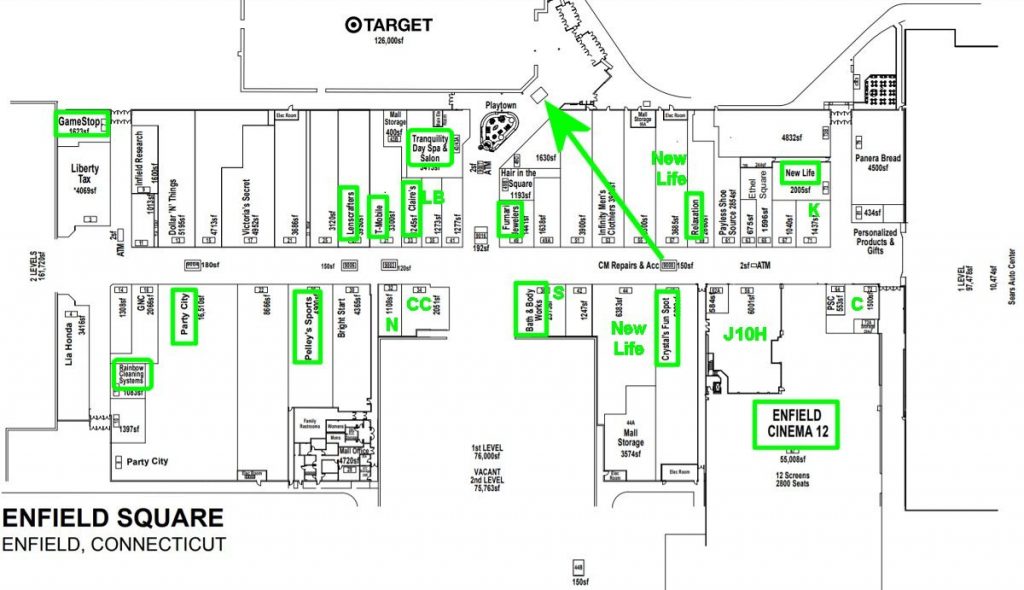
Machines: The corridors also contain quite a few vending machines. The largest one, by far, dispenses acne products from Proactiv. I have never seen anyone within ten feet of this one. For one thing malls are no longer where teens hang out. I would think that if one suffered from really bad acne, one would not want to advertise one’s condition in the middle of the mall, but what do I know?
Numerous machines cater to the needs of hungry and thirsty denizens of Enfield square. Three machines sell ice cream products called Mini Melts. One is near Playtown. The other pair are back-to-back near the east end of the long corridor. I have never seen anyone buying or eating ice cream in the mall this winter. I did not get a photo because I did not really notice the machines while I was doing my photo lap.
There are six machines that dispense Coca Cola and Vitamin Water beverages. The placement is a little weird. Two are back-to-back near the southwest entrance. Two pairs are side-by-side on the western end of the main corridor and near the exit at the end of the north-central corridor. I have never seen anyone buy anything from either one, and I have noticed no one with a 20-ounce bottle of anything.
Two fairly large collections of gumball machines are on display in the long corridor. One is near Party City and Pelley’s Sports. The other is in front of Jus10H.I don’t know if any of the dispensers actually work. I have never seen anyone try to purchase anything from them. At least two of the glass globes were empty in both collections.
There are at least four ATM machines if you count the one just inside Tranquility. I have never seen anyone use one, and it is hard to imagine why they would. All of the machine—except perhaps the gumball machine—take credit cards. Cash is so pre-pandemic.
A machine near Party City takes three strips of photos. I had my doubts about whether such an old-fashioned machine actually functioned, but I once witnessed three people enter the machine and pull the curtain shut. I must assume that they had their photos. Since everyone in 2022 has a phone with a pretty good camera in it, I don’t think that this type of machine has much future.
Another area near LensCrafters features the twenty-first century’s answer to the mechanical horses that kids could rid for a quarter. This one contains a one-seat train that might be Thomas, a large red dog named Clifford with a seat on his back, and two fairly large ceramic cars. Each car has a figure sitting in it, but there is room for a child to act as driver—on the right side! One passenger (in a taxi) is Paddington Bear. The other car is labeled “Fetch the Vet”. Evidently the company who created this diorama is British.
I have seen kids climbing on these vehicle, but I have never seen any adults pony up the money to make them do anything. The train costs three quarters. I did not examine the other rides.
There are three sets of machines that to me seem out of place. A pair of machines are back-to-back in the main corridor. They sell stickers and tattoos. I did not examine them too closely.
The second weird collection is near the Mini Melts that is between Tranquility and Target. To the right of the Mini Melts machine are two adjacent machines labeled Prize Cube and Winners Cube. I don’t know any more about them. On the other side of Mini Melts is a set of machines that look like gumball machines, but they actually contain little plastic containers with prizes inside.
Closer to the exit by Target is the traditional machine that lets kids try—mostly in vain—to snatch attractive looking toys by manipulating a large claw-like implement.
Conclusion: I am glad that I had the opportunity to become familiar with the pandemic version of the mall. I don’t see how it can possibly last long. I therefore feel sympathy for the entrepreneurs who have bet on it. The owners of the mall want to split the site into thirteen parcels.
I expect that I will need to find a new place to hike in the winter of 2022-23.
Updates Throughout 2022
Celebrity spottings: I am pretty sure that I saw two of the mAll-Stars in person. On consecutive Fridays I have seen Pastor David getting things ready for the Sunday services at the New Life Church. On February 27 I saw Justin Haynes changing the window display for Jus10H, sweeping out his space, and chatting with the security guard. Later the lights were on in his space as he made a presentation to two ladies dressed in black.
March 3, 2022: Tranquility Day Spa and Salon, which enjoyed one of the very best locations in the mall, has closed. It has apparently merged with another salon in the strip mall south of Hazard Avenue that contains ShopRite.. Maybe it was purchased by the other company, which is called Modern Nails & Spa. The ATM remained in the old Tranquility location, but it was unplugged.
The Kebab House, which promised to reopen by mid-February, is also apparently closing. Two men were in the restaurant. I could not tell precisely what they were doing, but the older of the two left the building carrying a sign that was used to advertise the restaurant.
I noticed for the first time a third set of gumball machines near the Playtown. There are two racks of six machines. The other two locations have eighteen machines. I counted.
Fashion news: the guy with the grocery cart apparently has at least three colors of undershirts with shoulder straps and no sleeves—white, gray, and black.
March 4, 2022: There was quite a bit of activity in the mall. The Red Cross ran a blood drive in one of the vacant stores near the middle of the main corridor. In addition in the very middle of the mall (near Furnari) a couple had set up some tables where they sold jewelry. I think that they store their inventory in the space that is across the short corridor from Furnari. I have seen stuff in there.
The only remnant of Tranquility was a table outside of the barred entrance. On it were business cards for the new location in the Brookside Plaza shopping center. I picked one up. The back of the card keeps track of visits to Modern with this offer: “After 10 visits get one FREE Eyebrow or FREE Basic Manicure.” I am not sure where people would place the third eyebrow.
The big news was that people were working in the kitchen of the Kebab House. The sign that said that it would return in mid-February had been changed to promise a reopening on March 5. So, my previous assessment that it seemed to be closing was erroneous.
I have encountered two pairs of women who were walking clockwise laps. How could they not notice that everyone else was walking clockwise? I almost smashed into both of them several times. Maybe they were from Great Britain, Japan, or Australia.
For the first time I saw someone eating a bowl of Mini Melts with a spoon—like cereal. So, at least one of the machines must work. A bowl costs $4 or $4.50 if you use a credit card.
March 9, 2022: The Kebab House is definitely open. I noticed a few patrons.
The fenced off area in the center court where the entrance to Penney’s used to be5 has been removed. This must have been where Santaland was placed during December. Evidently the Easter Bunny will not be getting the same treatment.
Some of the window coverings at the space that housed Panera have been removed. For the first time I could see inside. Although it has been abandoned for months, the booths are still there.
On the other hand the mysterious corner space in center court has been curtained off on the east side. Two large stepladders were visible from the south side as well as the tables that contained all the unsold merchandise.
A couple of kids had skateboards, but the mall was empty enough that it was not obnoxious.
March 13, 2022: There was quite a bit of activity today. Almost every store had customers, and there was a line at the kiosk at the cinemas. I saw two sets of customers dining at the Kebab House, and the food looked delicious.
A stage was set up in front of the old entrance to Penney’s, but I could walk behind it. It must have been for the Girl Scouts’ event on the previous day. On one of my laps I observed two young ladies who appeared to be rehearsing putting one hand on a hip. Off to the side one of the doors was open. The opening was mostly obscured, but I caught a glimpse of a fully decorated Christmas tree. Evidently, the Christmas stuff is stored in a little room behind Collette’s Consignments.
For the first time ever I saw two people buy something from gumball machines. So, I guess that they actually work.
April 1: The guy in the CM phone repair booth is back. There is also a kiosk next to his booth that has at least 100 sunglasses on it and a sign that says that you can buy three for $10. No one is near the kiosk.. Maybe you pay the CM guy if you want to buy some. In my nine laps I saw no one who showed any interest in either sun glasses or phones.
A guy with a bag was standing outside of Rainbow on my first lap. On the next four or five (a lap takes me about ten minutes) he was busily demonstrating a vacuum cleaner of some kind to a lady with a mask. I assume that he was trying to persuade her to market the vacuum that he represented.
April 3: I did nine more laps, and I still saw no one show the slightest interest in CM or the sunglasses. Someone had apparently tried a few pairs on and left them on a shelf.
For the first time ever someone stopped me to ask me a question—three times! The first time it was a black guy whom I had seen walking laps quite a few times. He asked me how old I was and how many miles I walked. He then informed me that he was also seventy-three. A little later he stopped me again and asked me if I had gotten my second booster shot.
At the other end of the court on that same lap another guy asked me something while I was listening to Maria Callas singing an aria from from Il Pirata. I took out one earplug, and I heard him say “… how long …?” I answered, “An hour and a half.” He asked, “A half hour?” I repeated myself and went on. A few minutes later I realized that he was actually asking me how long an entire circuit of the mall was.
May 30: On Memorial day the mall was almost completely empty. The movie theater was doing a reasonable business. The Kebab House had at least two occupied tables every time I came around, and my circuit takes me an hour and a half in total.
I wore my Michigan Debate shirt while I was walking. Someone stopped me and asked me if I taught at Michigan. I explained that I had attended U-M twice. He then asked me that a friend of his was interested in vintage clothing—tee shirts and sweatshirts. He wondered if I had any. Although I actually do have a few items that are so disgusting not even I would wear them, I told him that I did not. This occurred on my last lap. If it had been earlier, I might have been more receptive to his request.
I moved my car over to the northeast side and stepped back in with my camera to take a photo of the huge two-person virtual-reality game that is parked just outside of the cinema. It looks really impressive, but I have yet to see someone try it out.
July 25: Another one bites the dust. Lens Crafters has moved to Enfield Commons. The store is between Starbucks and Jersey Mike’s, next to Olive Garden. This sounds to me like the death knell for the mall.
October 17: Bad news first: A sign has been posted that Collette’s, the store that specialized in “new and lightly used” clothing. was in the process of closing. I also saw a sign announcing that one of the two restaurants, Cindy’s,was “relocating”. It did not note the new location.
The most positive news was that Stateline, the store that sold video games and other things, has returned to the same location near Target that it had abandoned in February. I thought that it was peculiar that so much stuff had been left in the store when it closed the first time. In other areas of the mall there were also some new window displays that highlight Stateline’s products.
SSUPhoto was in the process of moving its operation across the main aisle of the mall. The new location appears to be somewhat larger. The store was not open when I walked by it, but I judged from what I could see through the windows that they seemed to have expanded the number of items that they are selling.
There were four new large massage chairs near the cinema. I did not inspect them closely, and I did not see anyone try them out.
For the fist time I saw someone purchase some gum or candy from one of the many gumball machines.
I should not that I did not see the fellow with the shopping cart/walker and the sleeveless shirts. However, on one of my outdoor walks I did see him in the parking lot of Holy Trinity Episcopal church on Hazard Avenue. I could not tell what he was doing.
This was the first time that I walked in the mall without a mask.
December 1: The mall was decorated for Christmas, but there were only a few shoppers, and the corner near the old Penney’s that was reserved for the absent Santa was a little pathetic. I have not seen the hefty gentleman with the Target shopping cart for several months.
The office across from GameStop is now occupied by Skyward Family Therapy, but it is not open yet. I noticed that one of the tiles close to its door is partly the wrong color. I had never paid much attention to the tiles, but after making that discovery I realized that in several other places broken tiles have been replaced with tiles of a different color. Near Target were two signs warning about tiles needing repair.
A new store named “Tree”-mendous has opened between Pelley’s Sports and the corridor that leads to the restroom. Three women were inside behind a long table surrounded by fully decorated artificial trees. According to the signage the are also having a drawing for a tree. More trees were visible in one of the empty stores.
Claudette’s has reopened. The store is offering all jeans in the store for only $5 per pair.
The Jurassic Park virtual reality game that arrived in May has been removed. For the first time I saw someone sitting in the massage chairs. For approximately thirty minutes a man sat in one and a woman in the other. When I passed them they were each busily working their smartphones.
Jus10H was open, and Justin was inside! He was putting the finishing touches on new window displays. The inside, which was fully lighted, was also rearranged, and there were displays of fabric. He must be about to make a presentation to someone.
For the first time I saw a woman sitting in the security office.
The business at the Kebab House seems to be picking up. Sue Rudd told me that she ate there, and the food was good.
I can still walk nine laps with no discomfort whatsoever.
December 14: On my first lap I noticed a woman who was leaning against the window of the old Liberty Tax store that is now used for blood drives. On the next lap—ten or fifteen minutes later—she had moved across to the corridor that led to the south exit that is west of Party City. She was now sitting down. During the next three laps she was still sitting, but she appeared to be sleeping with a cellphone in her hand. On the sixth lap she was standing up and leaning against the wall. He seemed to be attempting to make sure that she was all right. On the seventh lap she was seated on a bench near Game Stop with a different man who placed his hand on her shoulder—evidently to comfort her—as I walked by. Policemen entered as I passed the southwest door, but they turned toward the central court. On the eighth lap I saw the two policemen talking with the woman. She was still sitting on the bench and seemed about to cry. On my ninth and last lap none of the people mentioned in this paragraph was still around.
“Tree”-mendous was already closed.
December 18: Santa was in the mall! I am pretty sure that this Santa was told not to touch any children. They sat on little chairs next to Santa’s big one while someone photographed them.
December 19: Very strange. Santa was on duty again, but he had clearly gained thirty or forty pounds overnight. Also, he was wearing a different set of glasses. Someone must have told him to be more friendly with the kids. They still sat on the little chairs (as opposed to his lap), but he put his arms around them.
January 14, 2024: The 2023 Santa had a lonely job. There was never anything approaching a line. Sometimes he would go sit on the bench and wave at kids. He had two female helpers who had little to do. Santaland was finally disassembled in the middle of January.
Cinemark closed in early December of 2023. If you lived in Enfield om 2024 and you wanted to see a movie, you needed to drive twenty miles. Bath and Body Works moved to Enfield Commons on the north side of Hazard Avenue. On Friday, January 24, signs appeared outside of GameStop announcing that all of the employees had resigned. Another sign said, “Closed until further notice.” However, on Sunday the store was open. There were signs that solicited employees and another one announcing the hours as “Sun-Sat 12-6.” Claudette’s has been gone for several months.
New businesses in 2023 included:
- D Gym had irregular hours. It featured an assortment of exercise machines and mats upon which young people performed calisthenics while loud music and a trainer encouraged them. It occupied the spot formerly held by Tranquility.
- Second Floor Games also had irregular hours. It appeared to be mostly a snack shop with a few tables. I thought at first that, because it was near the Cinemark, that they might be trying to undercut the outrageous prices at the concession stand there. However, it outlived the theaters by at least a month.
- Haven Games and hobbies moved into the large site previously occupied by Jus10H. The store featured a dozen or so tables at which nerdy people dressed in black played games of some sort. A sign on the window claimed that they were open until midnight on most nights. Since the mall closed at 10, that seemed questionable.
- Integrity Martial Arts seemed to cater to young kids. Their parents could often be seen in the chairs provided for them or loitering nearby. One day I saw a father dragging his son to the studio. The kid was literally kicking and screaming. That was on my last lap, and so I never found out who prevailed. Smart money was on the kid.
- Calm Panda evidently sold marijuana and accoutrements. It was hardly ever open.
- After Hours offered to set up, host, and photograph parties or other events. It was open only by appointment.
- The Moon Crystal claimed to be a “metaphysical and spiritual shop.” It appeared to have two owners, both female. One occasionally gave tarot card readings. The other claimed to be psychic.
- Da Money Pit sold shoes, tee shirts, and the like, but something about it seemed off. On my last walk the lights were on, but the front entrance was closed and locked. As I walked past someone exited by the back door and then carefully locked it. Later a woman entered by the same door. Who knows
A hangout near Target called Wukong Tea opened in December of 2023. It has proved popular with teenagers. They sold concoctions of tea, fruit, milk, and other things. The lowest-priced beverage cost an astounding $5.25. The drinks were made in a back room. Customers, almost always in groups of two or more, seemed content to wait and chat while seated at the modern tables.
Both the Kebab House, with its new Mosaic Cafe across the hall in the area formerly occupied by Panera Bread, and LA Subs seemed to be doing pretty well in 2024.
Jus10H moved to a larger location on the other side of the mall. The interior seemed considerably different on the few occasions in which someone was there.
The rumors that the entire mall would be closed down because of problems in the roof had not come true yet in early 2024.
1. I was astounded to learn that the Target store had been in Enfield for twenty years and that for fifteen of them it coexisted in Enfield Square with Filene’s/Macy’s and Sears.
2. In February of 2022 the property is owned by three Long Island-based companies — Namdar Realty Group, Ch. Hakimi Global Inc., and Mason Asset Management. KeyPoint Partners is currently handling the management and leasing of the properties. As of March 2021 the Target store was sold to Steven Dubler.
3. While that takeout location in the mall was operational, there was also a McD’s just south of the mall, and one just north of the mall. Another McD’s is on Hazard Ave. in the Scitico section of town several miles east of Enfield Square. All three of those restaurants were still operating in 2023.
4. Jason’s career at TSI is chronicled here.
5. In New England directions are often given in terms of landmarks, whether they are still there or not. New Englanders seem to have a much stronger sense of history than geography.

